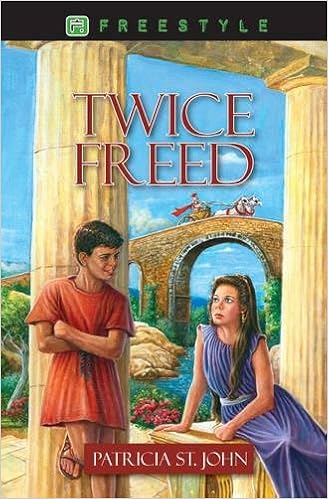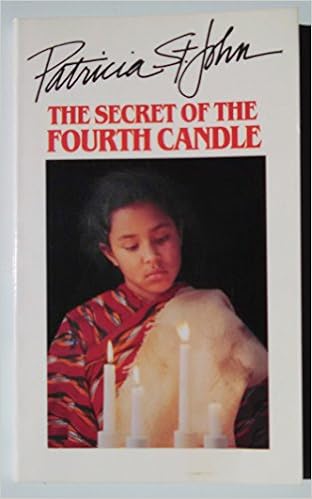Angry Wind: Through Muslim Black Africa by Truck, Bus, Boat, and Camel by Jeffrey Tayler. Recommended by Nancy Pearl in Book Lust To Go. Book #1 in my North Africa Reading Challenge.
 In this book journalist Jeffrey Tayler writes about his travels through the Sahel, “the transition zone in Africa between the Sahara Desert to the north and tropical forests to the south, the geographic region of semi-arid lands bordering the southern edge of the Sahara Desert in Africa.” His journey began in Chad and took him through northern Nigeria, Niger, Mali, Morocco, and Senegal. So some of the countries Mr. Tayler writes about are a part of my designated North Africa region.
In this book journalist Jeffrey Tayler writes about his travels through the Sahel, “the transition zone in Africa between the Sahara Desert to the north and tropical forests to the south, the geographic region of semi-arid lands bordering the southern edge of the Sahara Desert in Africa.” His journey began in Chad and took him through northern Nigeria, Niger, Mali, Morocco, and Senegal. So some of the countries Mr. Tayler writes about are a part of my designated North Africa region.
Beginning with Chad, in 2002 Mr. Tayler, a typical, young, liberal, religionless writer makes his way through the countries of the Sahel. Most of people are Muslim and black. Christians are a tolerated minority or a persecuted minority. Black Muslims are the leaders in government and in business in tis part of the world, and yet most of the leaders that Mr. Tayler meets are somewhat dismissive and even ashamed of their African heritage and want to claim Arab ancestry and lineage. Racism is alive and well in the Sahel, and very dark-skinned men tell Mr. Tayler that their families are of Arab extraction, not African. I found that interesting . . . and sad.
Mr. Tayler is something of a linguist, fluent in several languages including Arabic and French. His linguistic ability was quite helpful in getting him accepted in the villages and cities of the Sahel. Many Muslims accepted him and called him “brother” because he spoke Arabic, even though he told them plainly that he was not a Muslim. Others respected him because he spoke French, the language of European colonialism in Chad and Mali and Senegal.
His English was not so useful, and I found the misunderstanding and outright lies that were prevalent in the region concerning the United States to be quite disheartening. This trip took place soon after 9/11, and yet the people that Mr. Tayler talked with were somewhat anti-American and especially anti-George W. Bush. Then again, maybe Tayler found what he was looking for. He has a conversation with a government official in Chad, and the official says,”Your president, this Bush fils, he came to power by force. . . . I mean he manipulated the electoral process using his money. . . . Bush and his men see gold before their eyes, and that’s what’s driving them to attack Iraq.”
Mr. Tayler has no answer. “I didn’t know what to say. I would not defend elections in which only 24 percent of Americans had voted for their president, who in the end was put in office by a Supreme Court that split along party lines, just as civil war had divided Chad into Muslim and Christian factions.” Really? Our elections, specifically the Bush/Gore election, are comparable to the corruption and manipulation that goes on in most of Africa, in those countries where they actually hold elections at all? And our Republicans and Democrats are comparable to the Muslim/Christian split that has precipitated violence across the Sahel region for years? When’s the last time you heard about a Democrat/Republican shooting war? And has anyone set fire to the local Democrat headquarters in your town lately? Mr. Tayler could have put up a better defense of our democratic system had he wanted to do so.
I found out lots of other interesting tidbits about the region along the southern border of the Sahara:
Ethnic tensions: “Hausa, along with Fulani, dominate northern Nigeria and much of Niger, too. Fulani consider themselves, thanks to their history of jihadist Warring, high caste and above Hausa; and a Fulani-based elite rules northern Nigeria.” “We don’t let our girls marry the Hausa, because they’re not really Chadians.”
Jeffrey Tayler finds the few Christian converts that he meets in Chad to be downtrodden, “vanquished people.” He thinks that rather than missionaries preaching the gospel of Christ, there should be missionaries promoting “enlightenment philosophy” as the cure for ethnic and religious wars in sub-Saharan Africa. I personally find his faith in Voltaire, Rousseau, science and evolution, touchingly sanguine. If he thinks that Muslims will quit killing Christians and vice-versa if we just teach them all to appreciate the principles of the French Revolution, he hasn’t studied the French Revolution.
Ezekiel, a Christian in Muslim northern Nigeria: “If anything happened to an American here, the whole town would flee back to their villages, fearing the bombing that would come from your government. After all, the U.S. is the world’s policeman.”
Unfortunately, I’m not a fan of “the world’s policeman” role that we have acquired, either. Can we do something to get a reputation, not as policemen, not as bullies, not as rich exploiters, but just as friends and helpful benefactors? How?
Mali: “For four decades now, France, the World Bank, the International Monetary Fund, the European Union and the United States have subsidized Mali’s misere–and they show no signs of stopping. Foreign aid makes up a quarter of the country’s GDP and totals roughly $500 million annually. What have aid workers accomplished here over the past forty years? There is no satisfactory answer.”
When I read evaluations like this one, I am inclined toward the Ron Paul doctrine of foreign aid (even though much of what Mr. Paul advocates seems to me to be dangerously naive and simplistic).
“Congressman Ron Paul opposes foreign aid to all countries on constitutional, practical, and moral grounds. On a moral ground, Congressman Paul opposes foreign aid as it takes money from poor people in rich countries and gives it to rich people in foreign countries. From a practical standpoint, Congressman Paul notes that the amount of foreign that actually reaches those who need it is dramatically reduced after the numerous levels of bureaucracy within each government is paid for the distribution and any corrupt politician then takes their cut.
I could write lots more about this book and the thoughts and ideas it sparked in my mind as I read, but since I’m not writing my own book, I’ll leave you with my recommendation. It’s a good and insightful read, in spite of my difference in worldview with the author.









